
- This event has passed.
THE PARADOXES OF THE AURA
22 Oct - 4 Nov
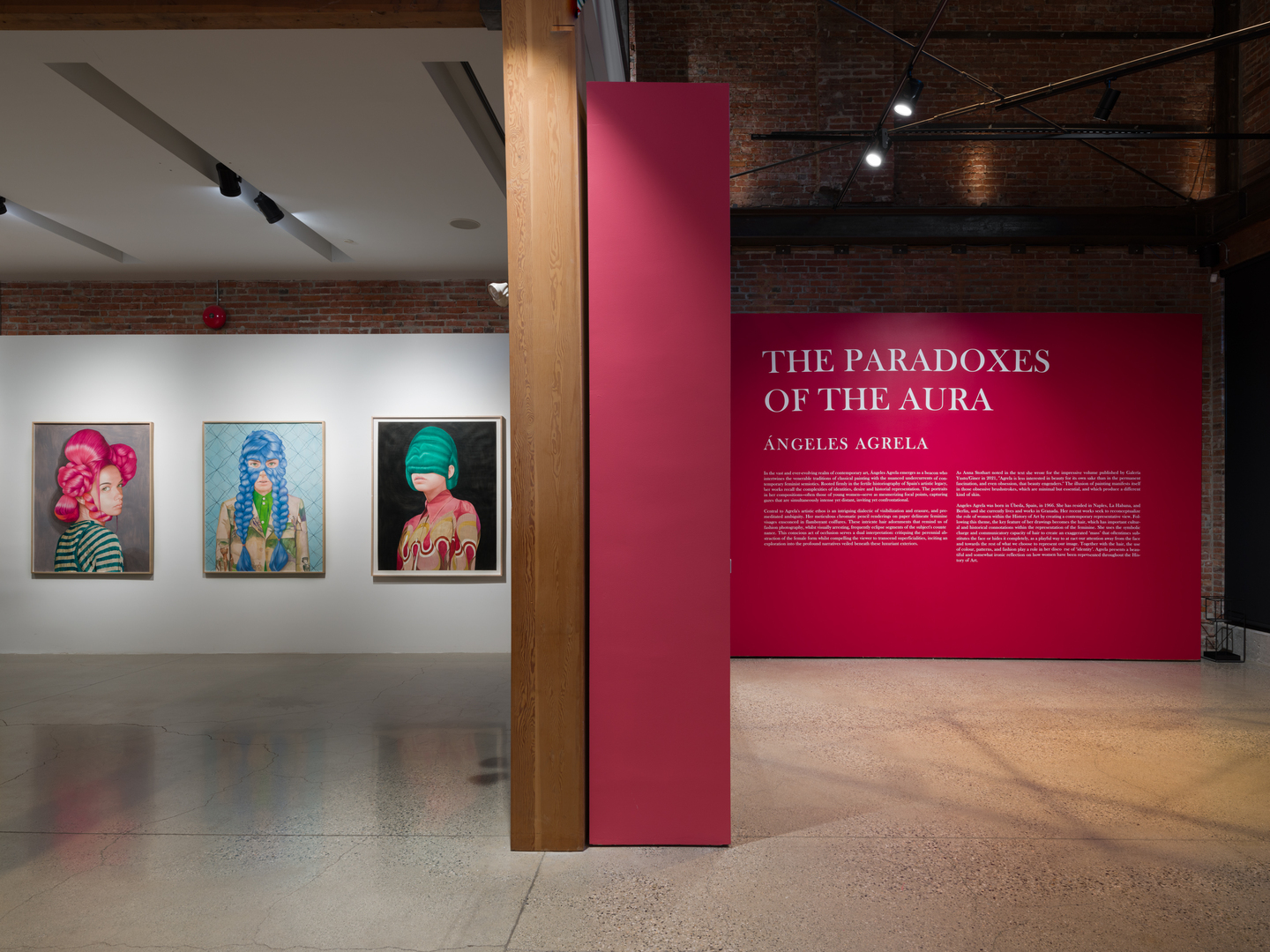
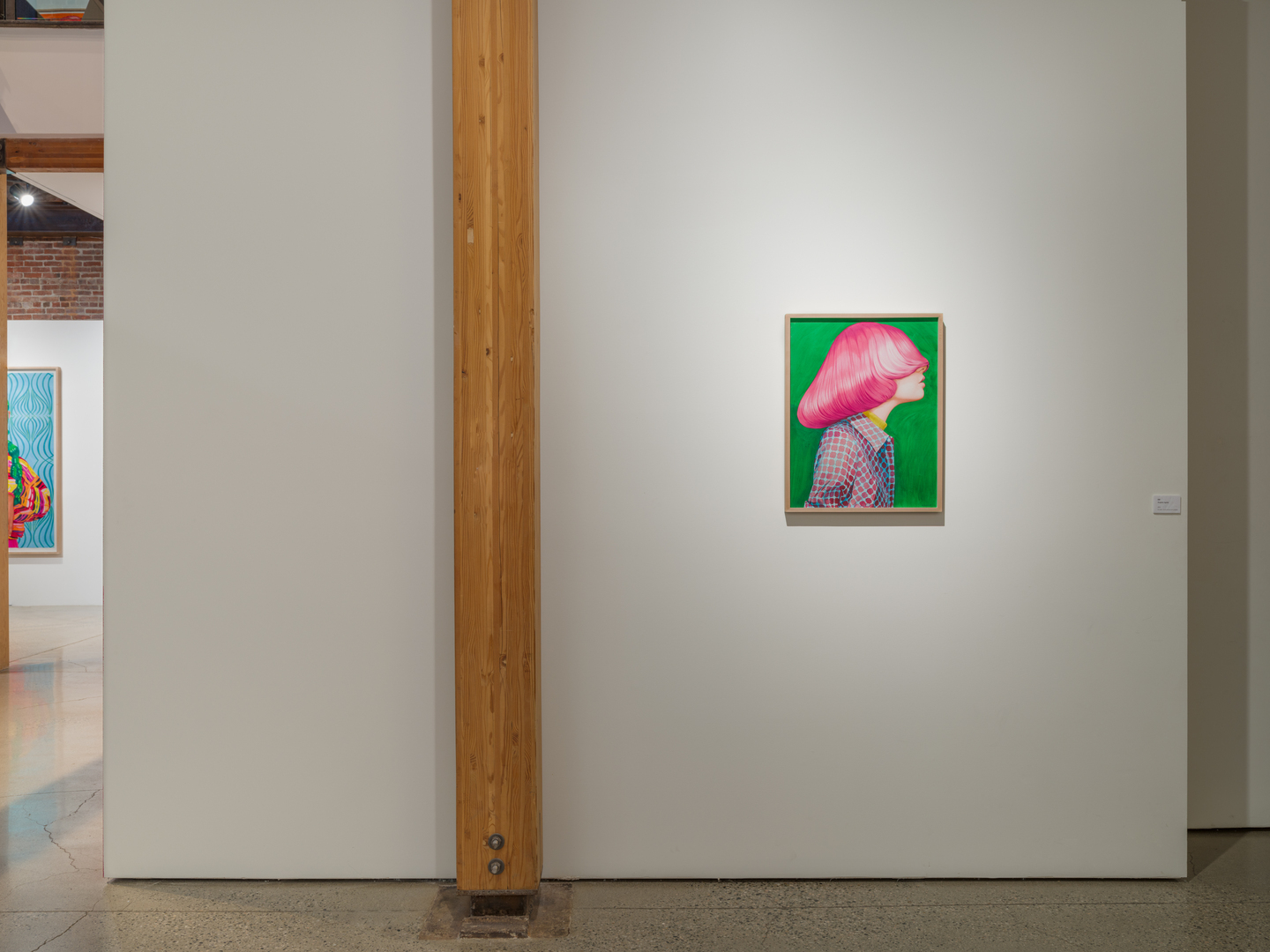
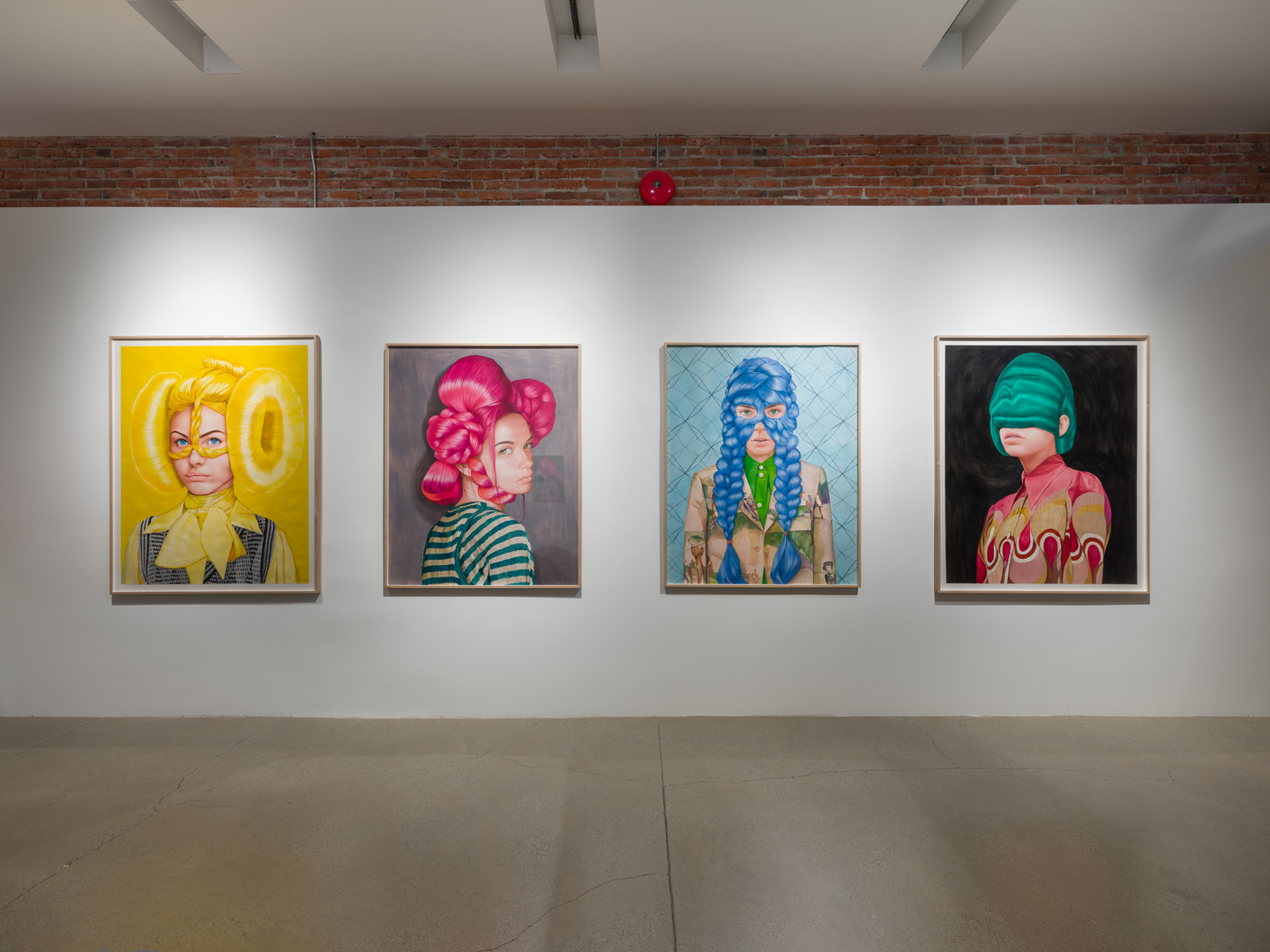

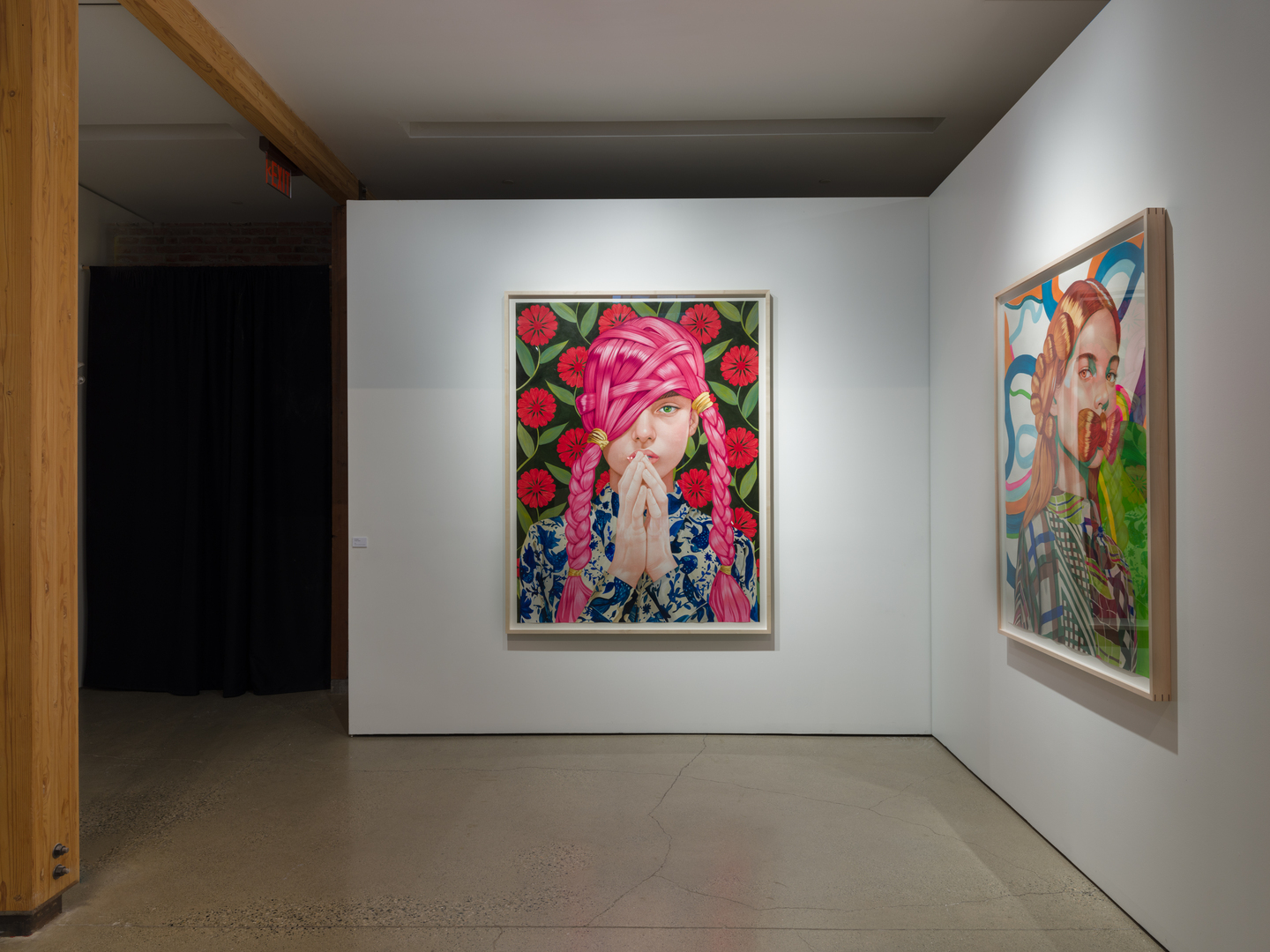
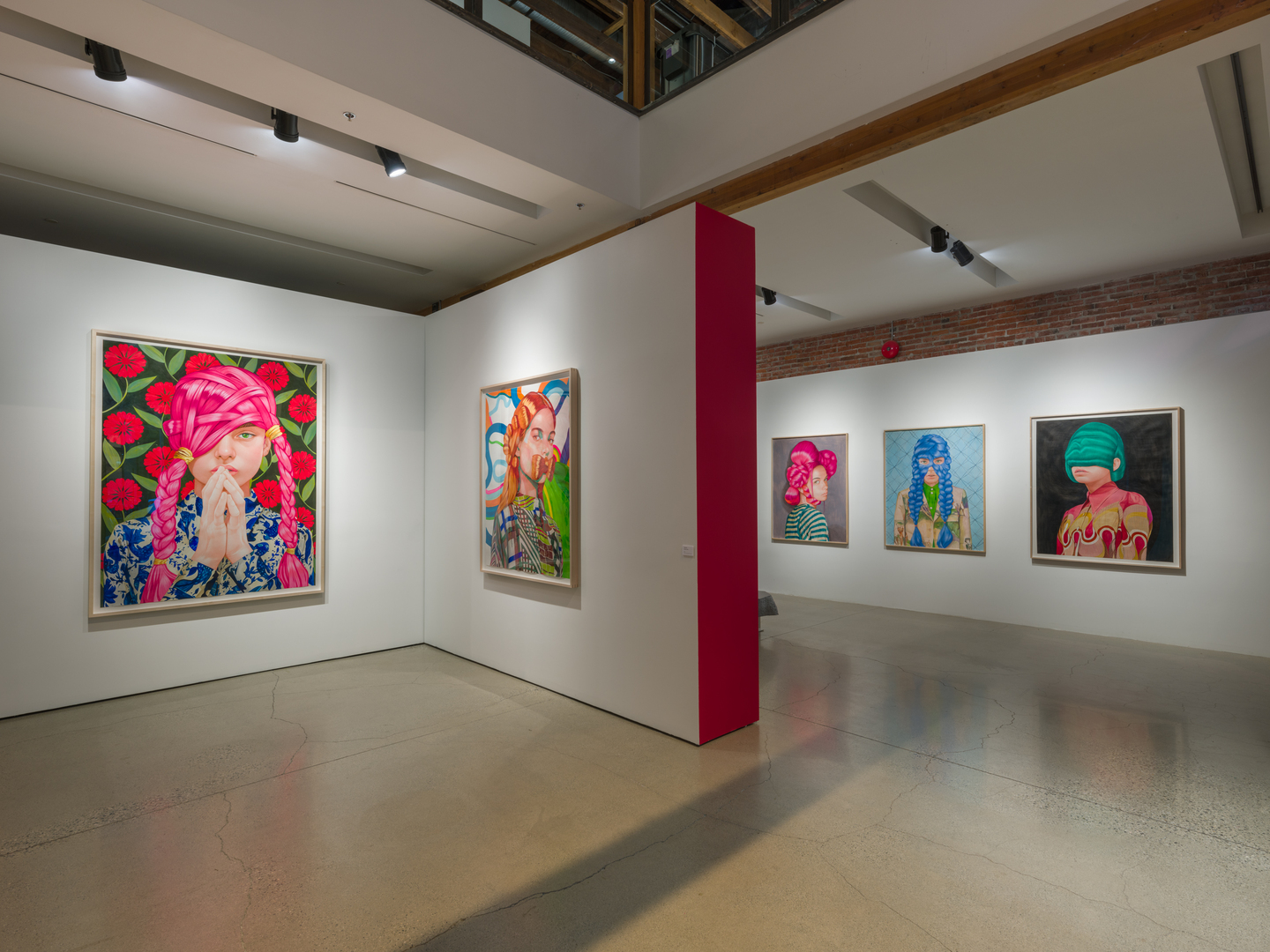
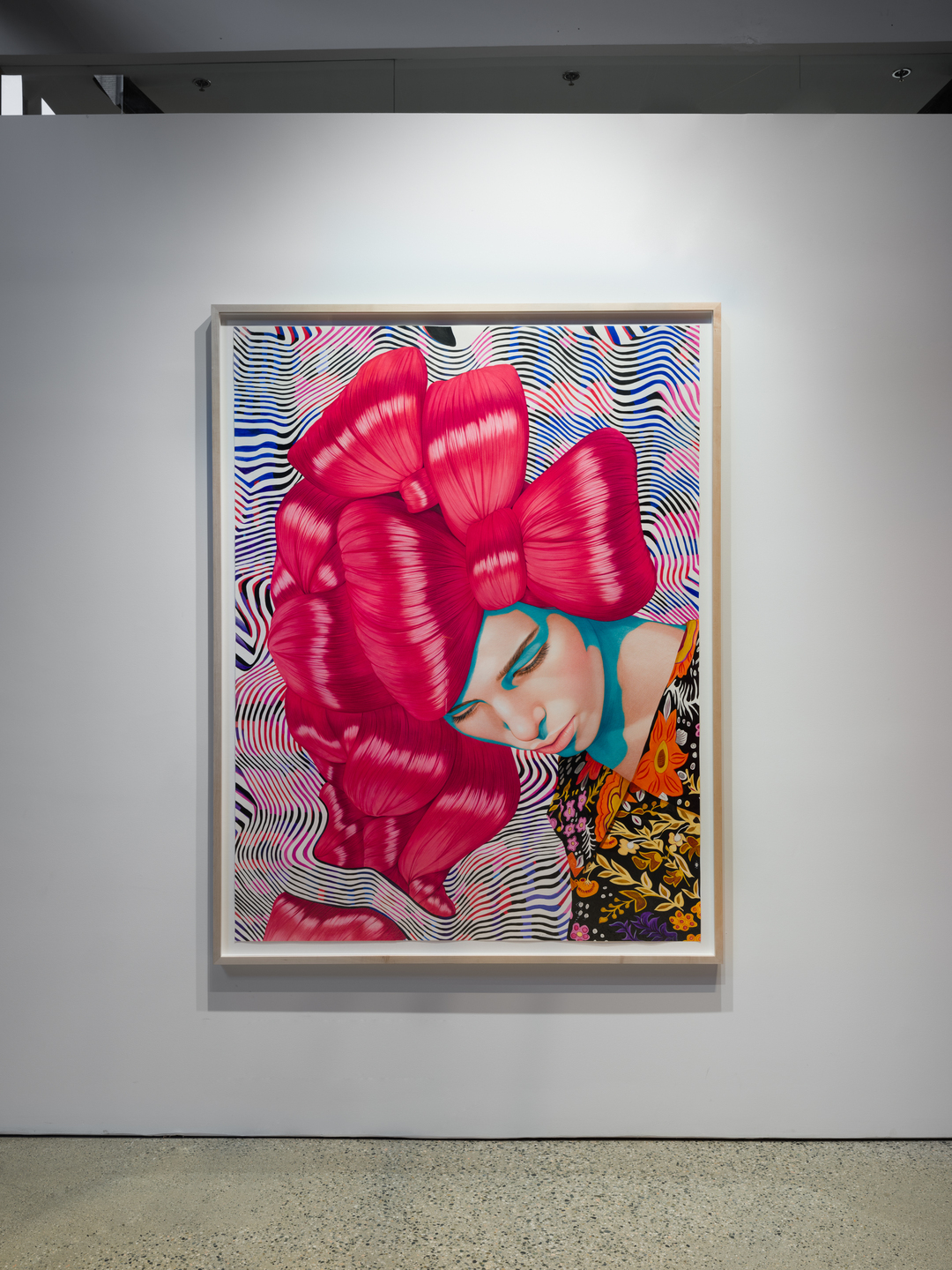
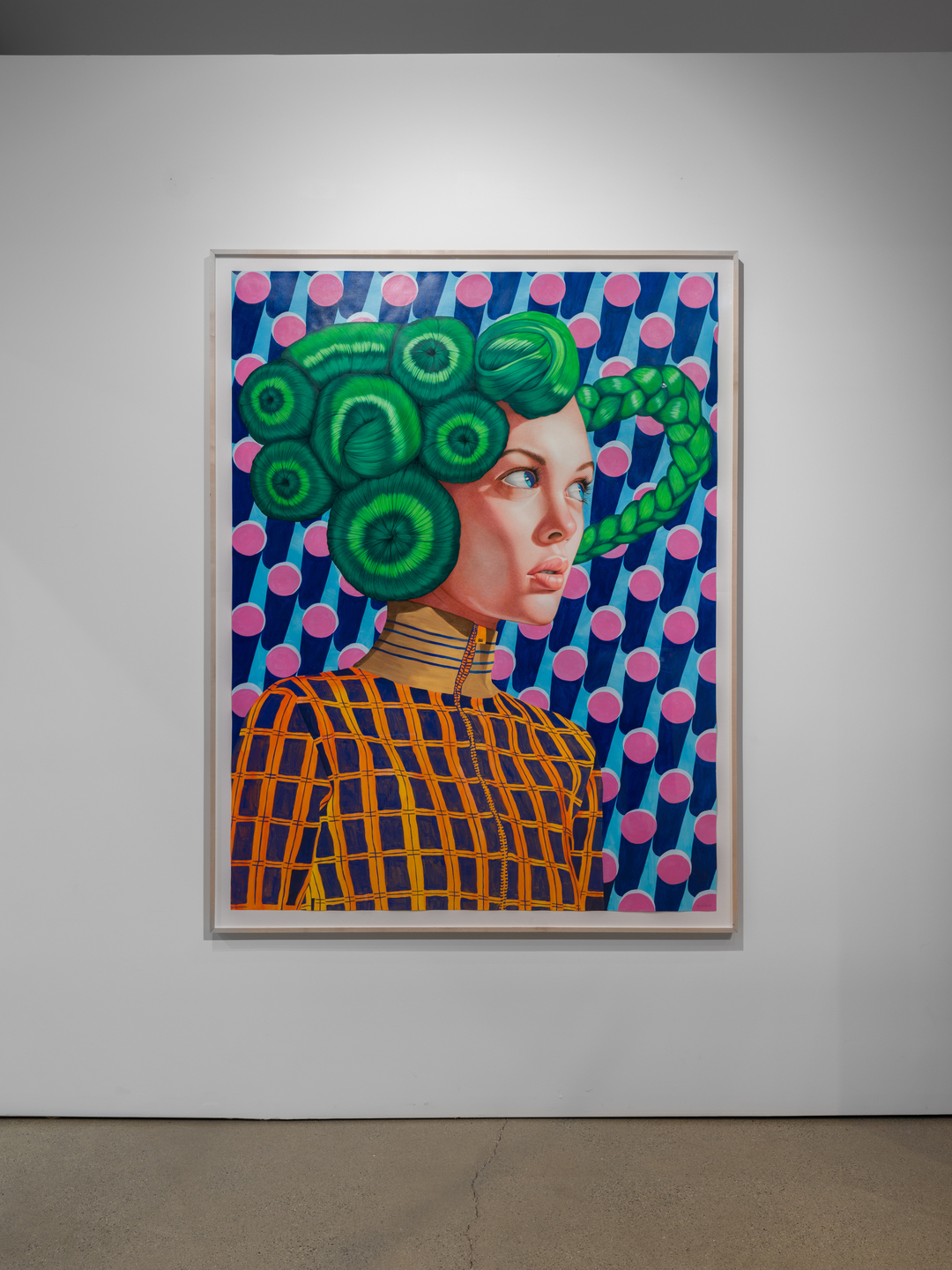

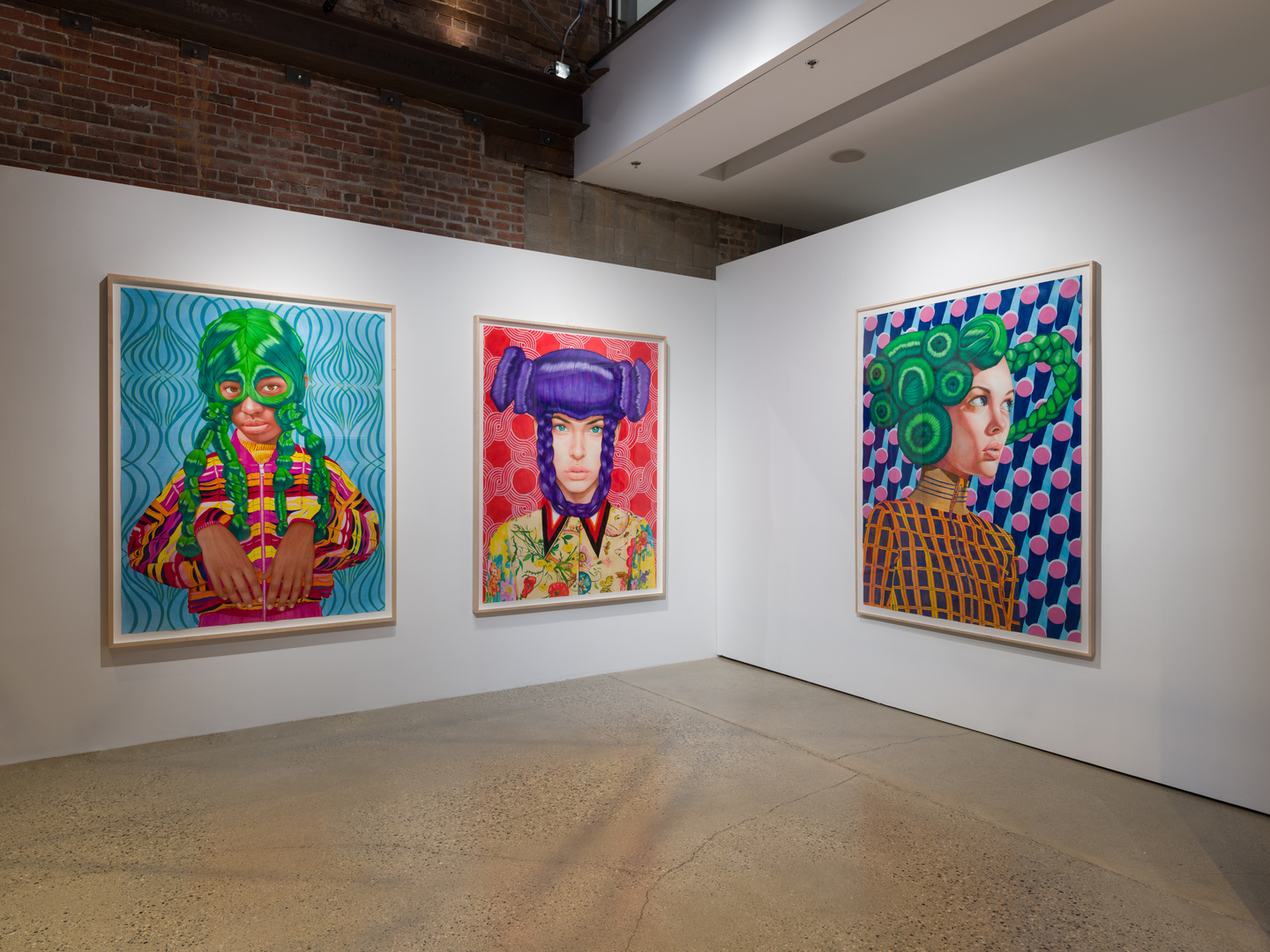


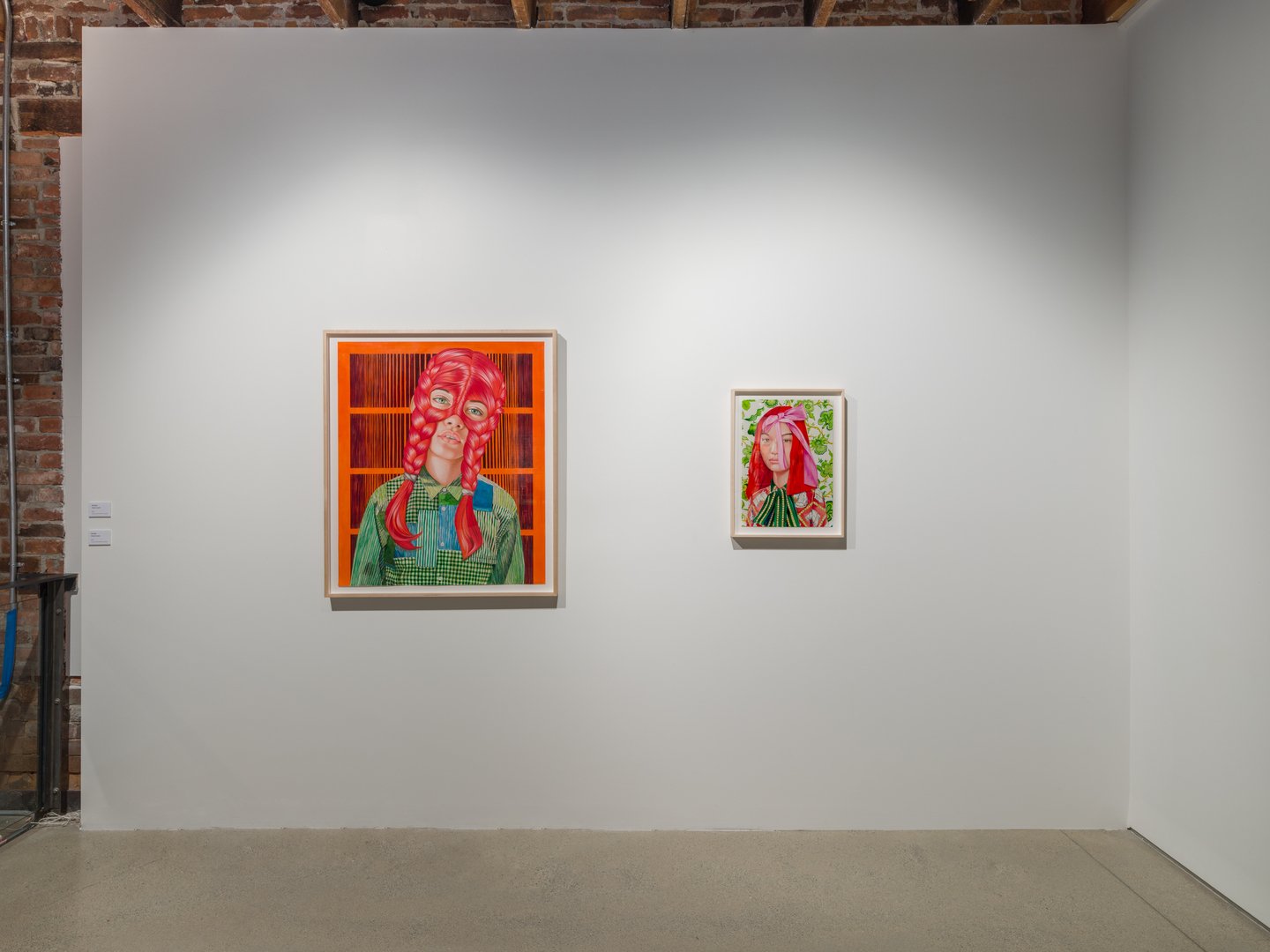


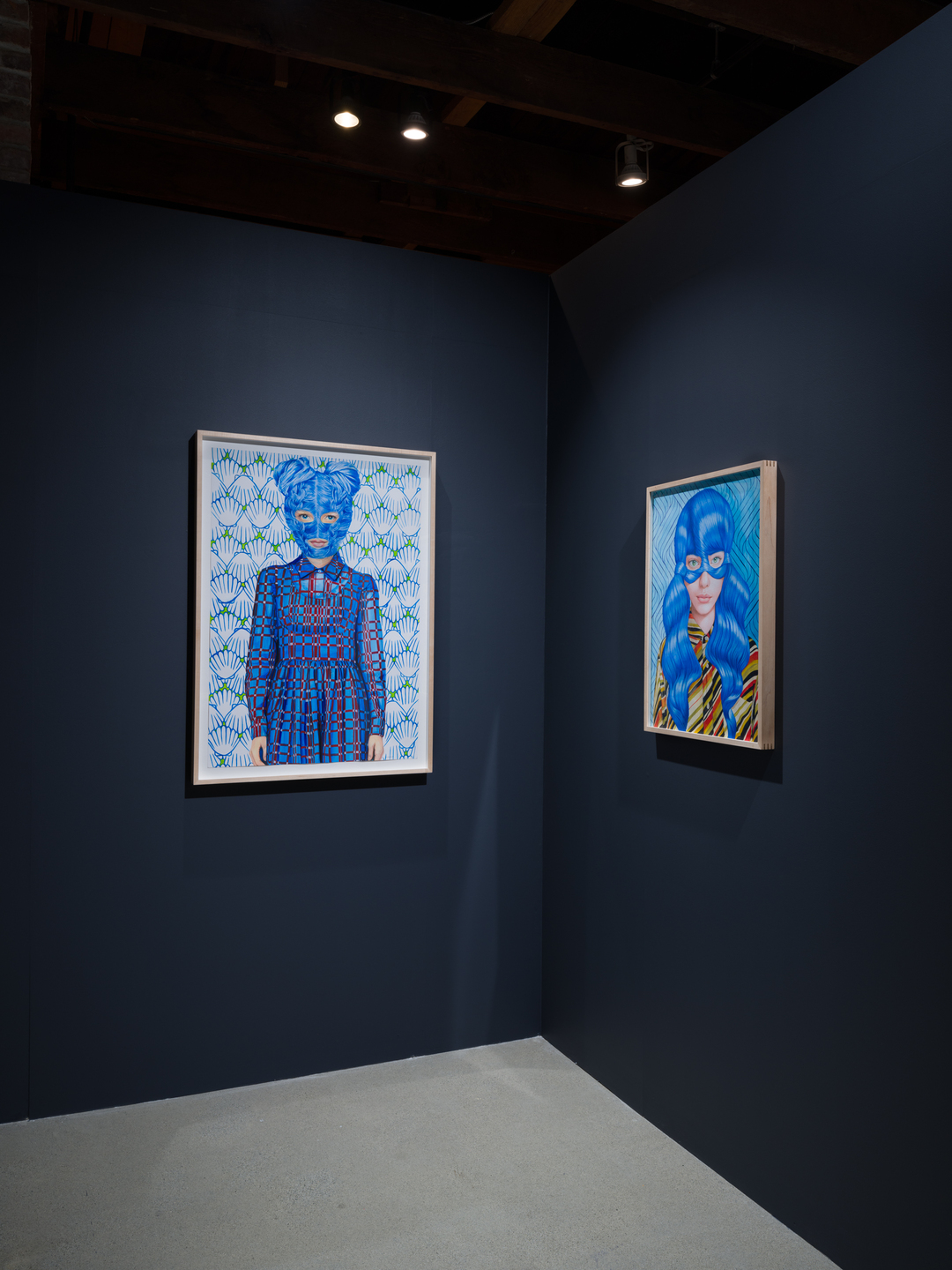
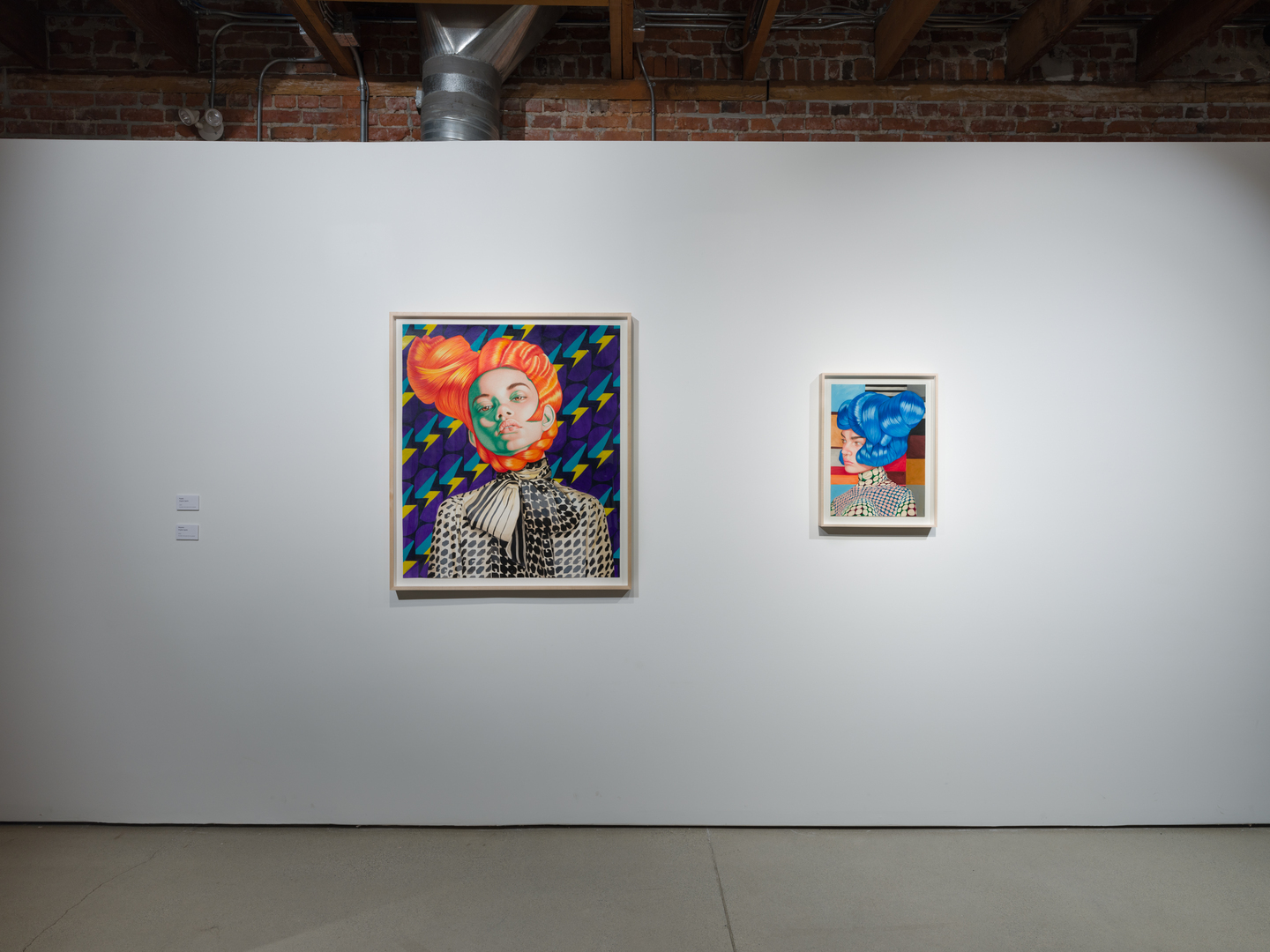
THE PARADOXES OF THE AURA
Ángeles Agrela
CICA Vancouver
The fascinating distance of Ángeles Agrela.
Ángeles Agrela recollected, in a conversation with José Ramón Rodríguez-Mateo, published in the catalog of the exhibition De Frente [Head-On] (2018), which she had just visited the exhibition of Balthus, Derain and Giacometti at the Mapfre Foundation in Madrid, and was impressed by the room dedicated to portraits of women lying down on beds or couches, confirming that these masterpieces were nothing but a manifestation of a hegemonic masculine gaze upon women: “It became even more clear that the form with which we perceive a represented character can change due to subtleties that have to do with the focus, the gaze (one’s own and the model’s), the atmosphere, and even the technique deployed. I try to polish out a space between irony and genre appropriation (the representation of objectualized women) to contribute a definite feminine nuance.” This multimedial artist, who has produced photographs where the defining trait is the performative, videos where she introduces the fake or depicts the efforts of body building, dissecting the faces of the History of Art or composing fascinating portraits of young women where the masterful drawing captivates our eyes over the skins which seem “real,” synthesizing the happiness which art gives her (asserting that it is, to a certain extent, “the closest thing to magic”) as a feminine mode of looking.
Her aesthetic has evolved from those pieces she made in the late 20th century, going from cammouflaging herself to portraits of other young women where the ludic masks have opened up the way to enigmatic visages, multicolor modulations which literally look back at us. Rodrigo García, thinking on the edge of camouflage in the work of this artist (developing without suicidal dramatisms and far from the banality of the hide-and-seek), notes that Agrela endeavors, with all the materials at her disposal, “to blend herself into the work without ever disappearing.” Indeed, there is no anxiety, even when everything that happens is a fight, but lucidity and graceful serenity, having subverted the tactic of concealment into hypertelia (“delirium of perfection” as Caillois put it), which gives the woman to be seen, and, instead of vanishing, makes her ironically “visible.”
Agrela learned in time to give a body to her aesthetic through the performative turn, approaching some twenty years ago, in the video No pain, no gain (2003), the culture of body building. In the gyms, subjects mutated muscularly, and the sexual passions of the individual became a sadomasochist theater. Even in her most excessive strains, this artist is capable of finding a beautiful plasticity, as in the Peleas [Fights] (2002) which are somewhat “coreographed,” or give, at least, the impression that they are spilling stage blood. Ángeles Agrela’s ironic temperament is also evident in the series La Elegida [The Chosen] (2003-2006), a wonderful sarcasm about the art world which leaves aside one and all nihilist resentments without buying either on any newfangled hope. The masquerade is not conceived to cover the difficulty or even the sufferings of the past, but it doesn’t bask either on the bitter truths which, ultimately, transform catastrophe into letany.
In the artistic dialectic of the sexualization of the gaze, in these processes of fictionalization of the I, Ángeles Agrela ended up concentrating on the visage, as shown in the crucial series of La profundidad de la piel [The Depth of the Skin] (2010-2011) where he “appropriated” portraits of Jan van Eyck, Roger van der Weyden, Piero della Francesca, Sandro Boticelli, Domenico Ghirlandaio, Albert Durer, Hans Holbein, Johannes Vermeeer, El Greco, Velázquez, or Ingres. In truth what she suggests is not so much a (parodic) strategy of postmodern appropriation as a deconstruction or re-interpretation which, literally, dissects the faces to focus and, paradoxal though it may sound, also detaches itself. Again, there is no basking in suffering or revulsion in these works, they are anatomy lessons where the blood appears without segueing into the abject or resorting the the theological rigors of martyrdom. In the atrocious and beautiful painting of Maryas’s flaying which Titian painted, we do not need to hear Apollo’s lyre to understand that without the Dionysian there cannot be classicism; in the (d)embodyments of Ángles Agrela, serenity has no “moralizing” pretense—there’s rather an untimely will to show the eye of the History of Art as a construction that has objectified the femenine.
In the Interview (2007), expanding on the limits of autobiographical verosimilitude, Ángeles Agrela speaks of what art has to do with the acrobatics of the circus, with the contortions, something that amounts to “turning the body upside-down, the skin, the guts, the muscles.” Beauty is only skin deep—this will always be true as long as we rember, with Paul Valéry, that “the deepest thing is the skin.” The epidermic beauty of Agrela’s work overcomes the grotesque, impelling us to contemplate without fear the monster, cammouflaging the uncanny, shuffling through the masks, and, at the same time, revealing extreme passions across pieces as impressive as the ones she produced about the contortionists (2006-2007). The perfect distortion which she brought to these historical portraits was, as the artist herself notes, the gift of an intense “lesson of painting.” In those contortions of strange faces distant in time she learned to adapt the technical process to the intention of the works, but, above all else, she confirmed that the depth of painting is related to that of the human skin.
The dissection of History is a turning or contorting point which has led Ángeles Agrela towards her current trajectory, works where she reveals an impressive technical maturity and, more importantly, the solidification of her own voice. In Fanzine (2013-2015), the faces were “concealed” by hairs of hypnotic colors, leaving the eyes to be the only thing “visible.” After lifting the skin which surrounded the eyes of the portraits of the Renaissance and the Baroque, in El favor de las bellas [The Favor of the Beautiful] (2016-2017) she found a strange, timeless and radically present realm.
Ángeles Agrela has declared that what interests her about the art of the portrait is the capacity that it has to attract the gaze towards a strand of painting, “which is only painting (and even more so the closer you get).” To a large extent we could suggest that this aesthetic entails a reauralization of the face. Let us recall Walter Benjamin’s epoch-making essay about the work of art in the age of mechanical reproduction, where he defined “aura” as the unique appearance of something distant no matter how close we are, warning in his meditations on Baudelaire that the experience of the aura is based on the transference, at the level of relations between the inanimate (nature) and man, of a form of reaction prevalent in human society: “When we are—or believe we are—being observed, we raise our eyes. Feeling the aura of a thing, is bestowing upon it the power of raising its eyes.” Ángeles Agrela’s extreme approach to painting has led her to generate a fascinating “distance,” revealing, through masks and with the surface of her skin fully visible, the sexual construction of the gaze.
Paradoxically, the deliberate “superficiality” of this artist’s works offers a profound gaze, where theatricality and absorption blend, in the sense of Michael Fried, leading us not so much towards a ideal minimalist giveness, but towards a singular interweaving of baroque excess and classicist restraint. After weaving the masks and the camouflage suits, she uses the scalpel in his paintings to lift the skin of the facein a kind of demented post-baroque anatomical cabinet—she thrives in obsessively drawing the details of the skin, the hair which seems to have a life of its own. From stagecraft, and ironic veilings, she has morphed into poses which play with the ideology of the “natural,” without fully abandoning a backdrop of exhibitionism. It is no longer necessary to bear the mask because the face has the power to withdraw into an extremity which captures the gaze.
In the portrait, as this creator playfully notes, the illusion is so great that “we immediately identify with the vision of a different human being, and, as such, we project ourselves in that image bearing a stranger’s features.” Agrela wanted to peep into the eyes of other women in a process of profound empathy. She used to produce self-portraits where she would embody all the roles at her disposal, adopting the gamut of masks; now she needs distance. She portrays her friends’ daughters, taking stock of the generational “distance,” across several poses, capturing the gaze of young women who do not want to be judged. “I used them,” says Agrela, “as static elements in the compositions to create this tension between absolute youth, that being in potency of becoming whatever you want (and if you met them in person you would agree that, indeed, they are going to become whatever they want to be) and the weight of the representation of women across the History of Art.” In these works of astounding beauty there is a latent tension. The portrayed women are, at the same time, objects of emotion and active subjects. These are not scenes of submission, on the contrary, these young women have a kind of “strange pride,” their gazes are steady and, though they seduce, they also mark their distance.
From performative hybridation, Agrela has progressively drawn closer to the revelation of the skin of painting, shaking off the weight of History, but without casting off the density of the artistic genres like in Miriam y la naturaleza muerta [Miriam and Still Life] (2016), or in that painting where two women carrying Baroque busts on their knees (Bernini en el sofá [Bernini on the Couch], 2017). AS Manel Clot noted, Ángeles Agrela weaves, all throughout her artistic trajectory, a narrative which weaves itself between provoked lives, with constructed characters, framed in a careful mise-en-scene: coreographies and contortions, arabesques and cammouflages, fights and frayed hair, masks and skins. From the self-portait as an artist (going as far as to “identify” with the alter-ego of the boxer) to the super-heroins which came to impose their law in the swampy world of art, the process has consisted at all moments in paying attention, to use terms dear to Georges Didi-Huberman, to what we look at and what looks back at us.
The punctum of the prodigious portraits of Ángeles Agrela is as much in the eyes as in the hair, though the clothes suddenly introduce an extraordinary dynamism and the backdrops can amplify the power of seduction. The hair has acquired, in the works from the last decade (since 2013), a critical role in the works of Ángeles Agrela: “The hair,” notes Iván de la Torre Amerighi, “masks, conquers, towers, becoming the protagonist, with a clear visual and compositional presence and a role and a function that is less evident. The hair has always been interpreted as a symbol for the soul and the vital and energetic force of women, besides a weapon for erotic arousal, which has sometimes been tied to the joie de vivre and the will to triumph.” To a certain extent, these flowing manes have been released from the petrifying curse of the Medusa, showing the power of the female gaze against the phalocentrism of Western metaphysics.
We don’t need to buy wholesale on the rhetoric of Lacanianism to understand that desire is the desire of the other. The alterity and alteration of History which Agrela composes arises from a desire to ascribe another meaning to women, without fully launching into pamphletary discourse. On the contrary, this artist plays with a “premeditated ambiguity,” developing her work with an extraordinary mise-en-scene where, as Anna Stothart noted in the text that she worked for the impressive volume published by the Galería Yusto/Giner (2021), “she is less interested in beauty on its own than in the permanent fascination, and even obsession, that engenders beauty.” The illusion of painting is embodied in those obsessive brushtrokes, minimal but essential, which produce a different skin.
The (immense) pleasure is in the (small) details. Pathosformel, to appeal to Warburg, where more than Atlas, what we see is the gaze of women, un-fore-seen subjectivities. These women, expressive in their attractive expressionlessness, could go as far as to manipulate our way of seeing. In these works produced ever since 2013, we don’t see the hands (with few exceptions as in Lourdes, 2016, or Carmen, 2019), even if Agrela’s whole oeuvre entails an eulogy of the hand. What is fascinating is also, as she notes in a conversation, also suspect: “suspect of concealing a deception, of wanting to trap you like a hand game.” Agrela has recently confessed her obsession with Baroque religious imagery, and as seen in some of her recent works, she has painted women who convey a marked pathos with ehri hands: “From the standpoint of my cultural construction, the effect that these images produce in me is not piety, but fascination. I like to think that my works could work a similar degree of fascination in those who contemplate them, and this is, in a way, a trap.” The capital visions, as Julia Kristeva put it, have a deceptively superficial air—they are disturbing and subtle, excessively chromatic and contained: they attract us in order to keep us at a distance. The pleasure of the artifice reincarnates the paradoxes of the aura.
Original text by Fernando Castro Florez.
Laura Lagraña a.k.a. Culitomatón en Vogue
10 Dec, 2025
https://www.vogue.es/articulos/culitomaton-laura-lagrana-artista-ceramica-esculturas
PAC | Memories in motion
10 Dec, 2025
https://www.plataformadeartecontemporaneo.com/pac/memories-in-motion-propuesta-curatorial-de-geraud-jean-claude-y-yusto-giner-marbella/
KOAX Magazine | Line Finderup
22 Sep, 2025
https://koaxmagazine.com/what-was-i-made-for-line-finderup/?utm_campaign=newsletter&utm_medium=email&utm_source=mailing13
ELM Art | Fran Baena
22 Sep, 2025
ELM ART (1)
El Pespunte | Fran Baena, The broken mirror of the present
6 Jun, 2025
https://www.elpespunte.es/fran-baena-el-espejo-roto-del-presente/
Medium | Ángeles Agrela: Portraiture as Symbolic Construction and Visual Resistance
6 Jun, 2025
https://medium.com/@sarah_renerr/%C3%A1ngeles-agrela-portraiture-as-symbolic-construction-and-visual-resistance-6f1129436e0f
Ángeles Agrela designs the poster for La Mar de Músicas 2025 and reinvents female representation
20 Mar, 2025
https://www.laverdad.es/culturas/musica/angeles-agrela-disena-cartel-mar-musicas-2025-20250320132033-nt.html?ref=https%3A%2F%2Fwww.laverdad.es%2Fculturas%2Fmusica%2Fangeles-agrela-disena-cartel-mar-musicas-2025-20250320132033-nt.html
Magda Kirk and Fran Baena among the most surprising projects at UVNT25 – Vanidad Magazine
17 Mar, 2025
https://vanidad.es/uvnt-art-fair-2025-mejores-proyectos/
Interview by Fran Baena in the magazine “Dosis Kafkiana” n16
18 Feb, 2025
https://www.dropbox.com/scl/fi/qhvzhta63brhr5sg6rrmw/Dosis-Kafkiana-16-Revista.pdf?e=2&fbclid=PAZXh0bgNhZW0CMTEAAaaUtoHzztfJNFTcOGojKS4pkTSSuvSfUVEaH-wH-2eCErolZPCtRYw19Gs_aem_UFcI35S161RiPZJwJ4A0EA&rlkey=kkf9jzb2nbi39fi9qzc4sz2wp&st=vcnxm9gb&dl=0
Miguel Scheroff en la edición de diciembre de la revista NUEBO. pág 80-89
14 Jan, 2025
https://issuu.com/nuebomagazine/docs/nuebo_29_diciembre_2024
Details
- Start:
- 22 Oct
- End:
- 4 Nov
- Event Categories:
- Ángeles Agrela, EXHIBITIONS
- Event Tags:
- Ángeles Agrela, CICA Vancouver
Local
- Yusto/Giner Gallery
-
C/Madera nº9
Marbella, Málaga 29603 España - Teléfono:
- +34 951 507 053